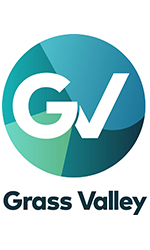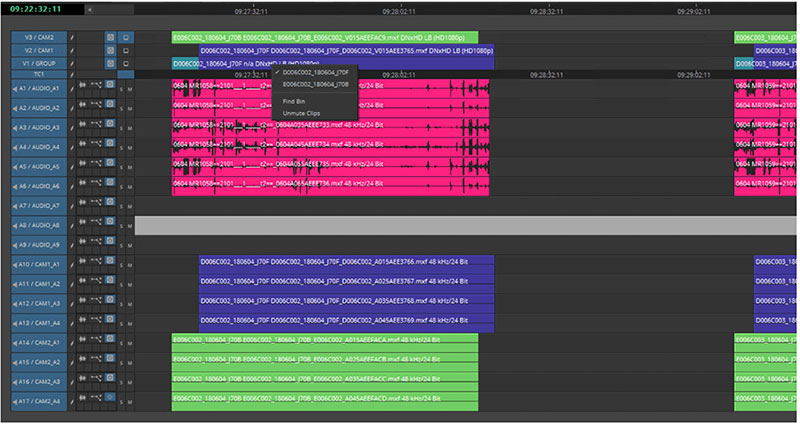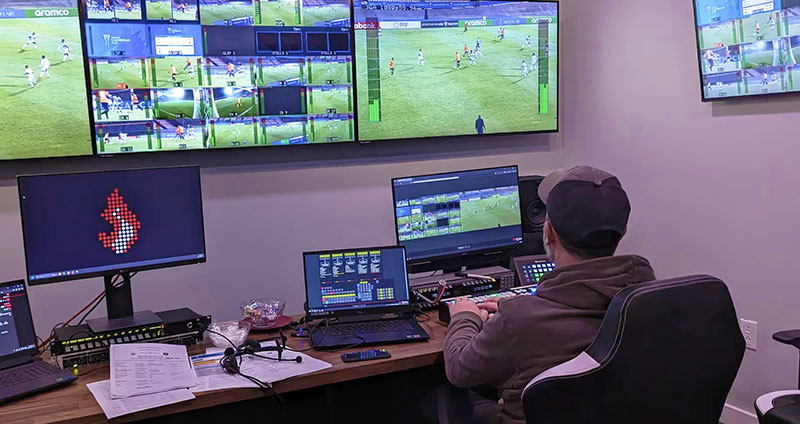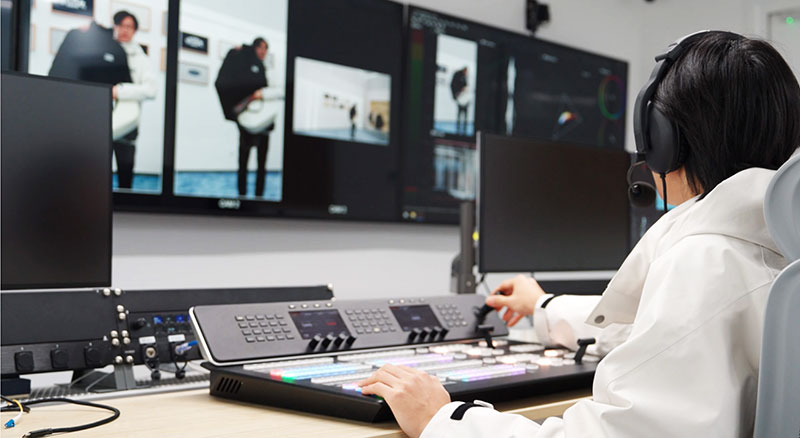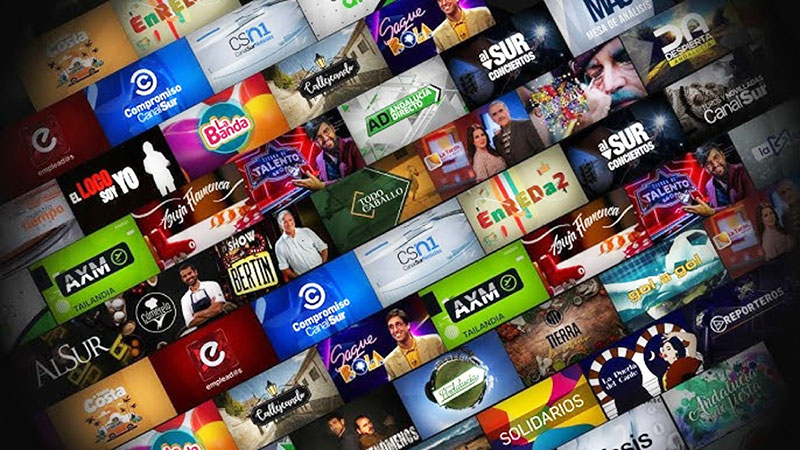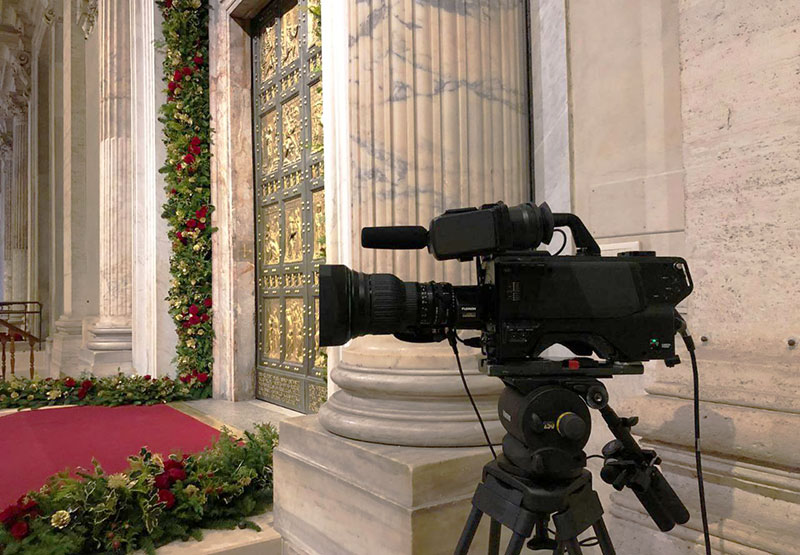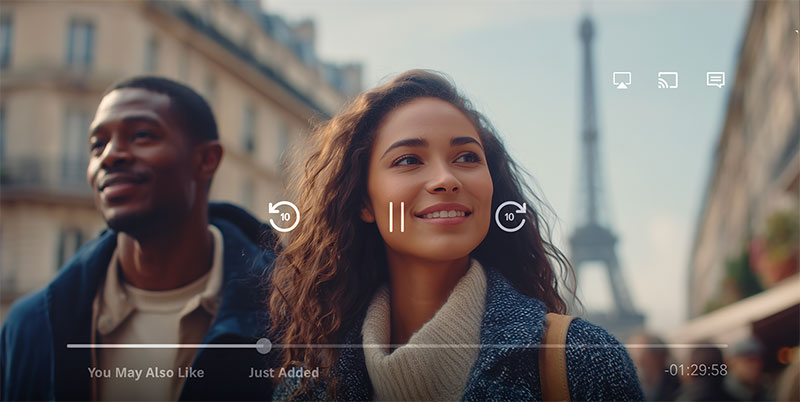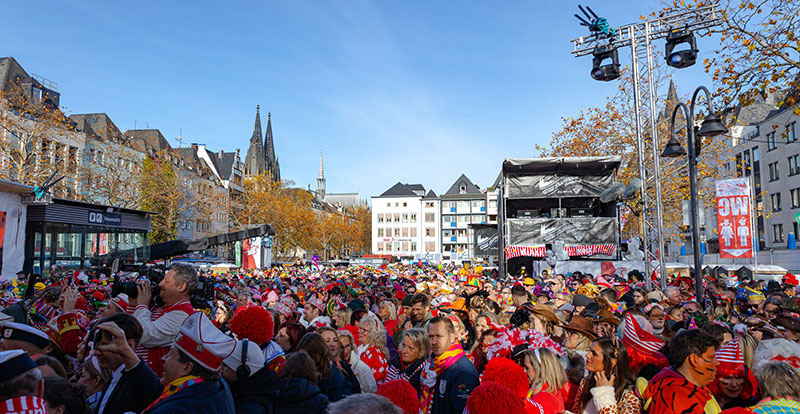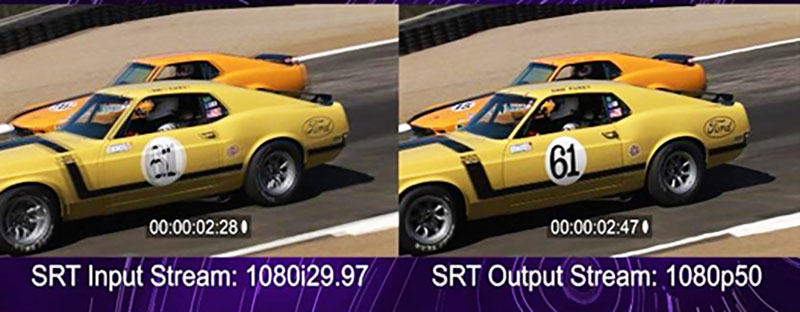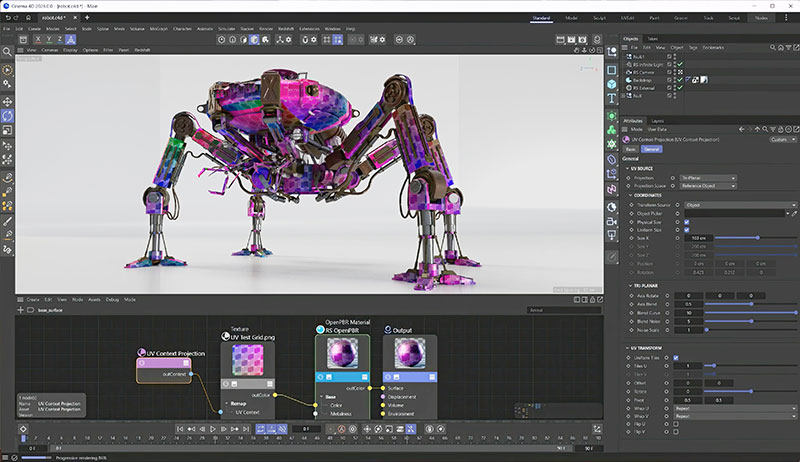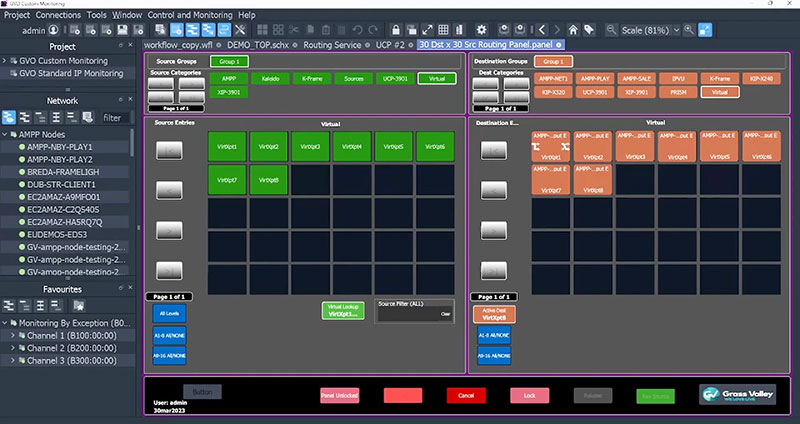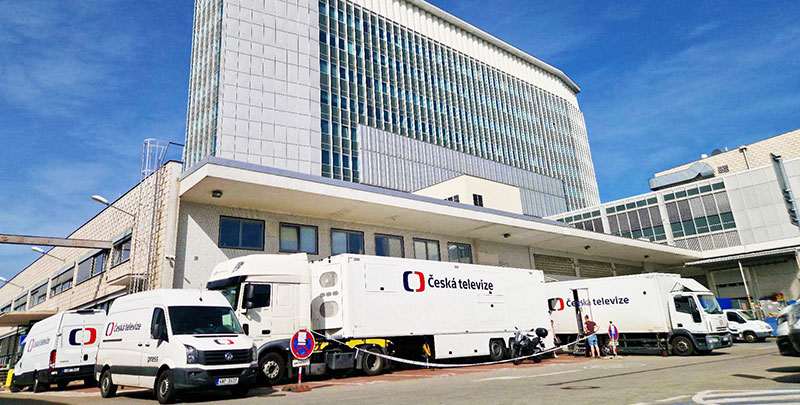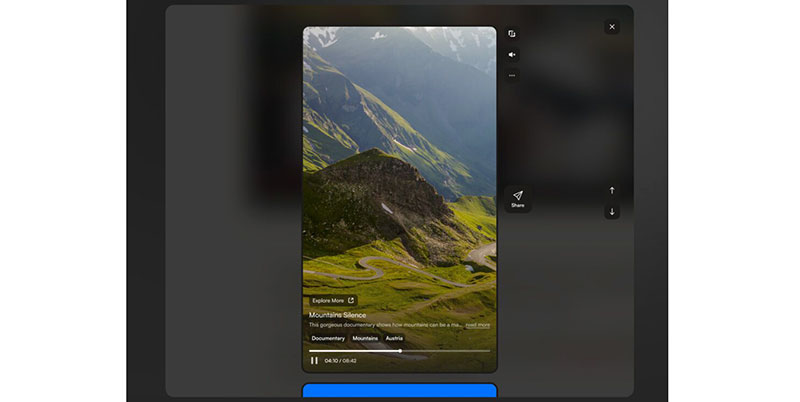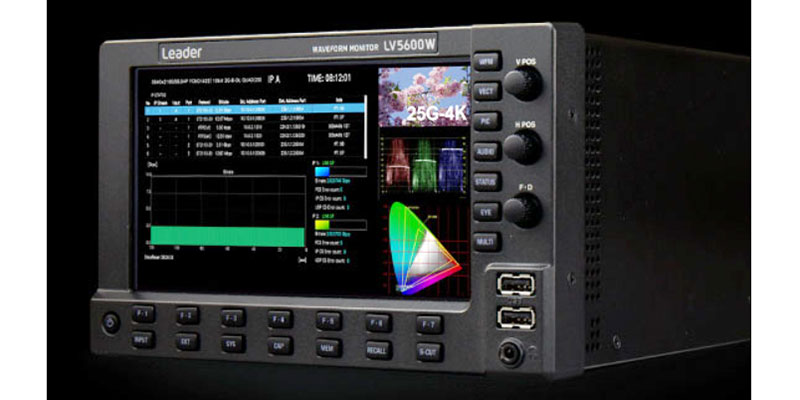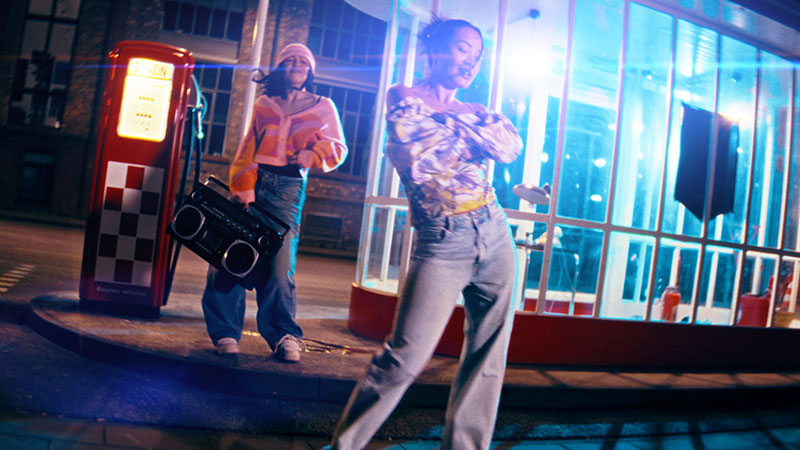Cobalt Digital recently released new devices with a special focus on standards compliance and flexibility for live video producers and broadcasters with diverse audio monitoring demands.
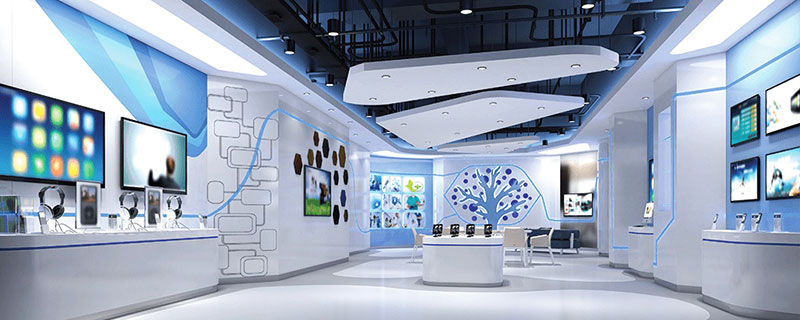
Cobalt Digital has recently released new devices with a special focus on standards compliance and flexibility for live video producers and broadcasters with diverse audio monitoring demands.
Cobalt Digital’s new ARIA AUD-MON Audio Monitors are built into compact rack mount units to suit applications where space is limited. They have a customisable touch display front panel, with eight individual volume controls for mixing. The monitors can alternatively be controlled through a web interface. Sound is produced by a Class-D amplifier with DSP, built from deliberately chosen speaker components.
Standards Compliance with Options
Users have options for both horizontal and vertical button layouts, and external redundant power supplies. Measuring a single rack mount unit high, 100mm deep and weighing about 2kg, the monitors support a range of inputs include 2xSDI up to 12G or MADI, 2 SFP for SDI over fibre, AES, balanced analogue audio and GPI for automation. ARIA monitors stand out for their ST2110 support, with Dante support to follow within a few weeks. Other very convenient features include a live video thumbnail and SDI output for monitoring.
The first two models that are shipping so far, ARIA AUD-MON-H and ARIA AUD-MON-V, each feature a different configuration. The ARIA AUD-MON-H front panel is simplified with the eight volume control knobs laid out horizontally, without nested menus to navigate. The ARIA AUD-MON-V's front panel, also designed for simplicity, positions the knobs ergonomically in a V-shaped configuration to help locate and adjust specific channels quickly.
Knobs numbered one to eight enable mix volume control and other functions, and one large primary mute/volume knob controls the monitor’s outputs via the integrated left and right side speakers, stereo headphone jack and two output connectors. Each knob can also be pressed to mute or to enable other functions.
Pressing a mix volume knob toggles muting for the corresponding mix - that is, pressing the knob mutes the output volume, and pressing again enables volume control. The knob illuminates yellow when the mix is muted.
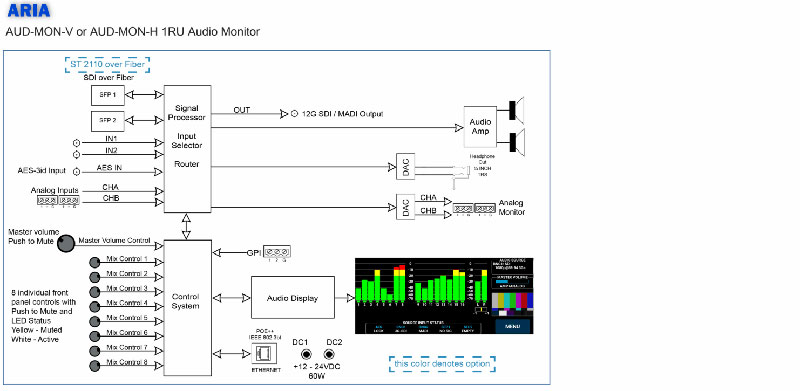
On the device’s LCD screen, 16 SDI channels, 64 MADI channels or 64 Dante channels can be displayed, configured either through the front panel or the web GUI. It can be powered via POE++ through an Ethernet port or, as mentioned, via redundant power supplies, making it very robust.
Multi-Use Converters for Multiple Industries
Updates to Cobalt Digital’s SAPPHIRE BBG-2110 Multi Use Mini-Converters are also of interest because of their usefulness and adaptability in both the broadcast and the proAV production markets.
Each of the converter boxes in this compact mini converter series was designed for a specific task. Ranging between single channel, dual channel and quad channel unit variations, their functionality spans ST 2110 IPMX signals to HDMI and SDI. Some units are quad channel receivers for HDMI-in, some are quad channel transmitters and newer ones are two channel, birectional simultaneous receiving and transmitting ST 2110 IPMX through HDMI.

Two new models within the line-up are the SAPPHIRE BBG-2110-4Hi/4Sio and SAPPHIRE BBG-2110-2Hi2Ho/4Sio. The 4Hi/4Sio is a quad-channel HDMI/SDI to IPMX/SMPTE ST 2110 converter unit with four simultaneous HDMI and SDI inputs. The 2Hi2Ho/4Sio has two simultaneous HDMI 2.0 and SDI inputs and two simultaneous HDMI 2.0 and SDI outputs. Both devices feature dual SFP cages with support for 10G and 25G.
The units all support SMPTE ST 2022-7 Seamless Redundancy up to Class C for WAN operation, all controlled by NMOS. Cobalt sees the broadcast and proAV markets coming together in recent times. Therefore, the company’s developments are emphasising the IPMX open standards, as well as ST 2110 itself, to help bridge the gap between those broadcast and proAV worlds.
The IPMX standards are based on 2110 and AES67 to deliver compressed and uncompressed audio video data over IP networks. Standards like 2110 can seem very complex for corporate proAV teams working on high density, multi-vendor implementations but IPMX has a more plug-and-play approach. It scales to any network, including COTS networks, and adheres to time synchronisation using conventional PTP. Device discovery is automatic.
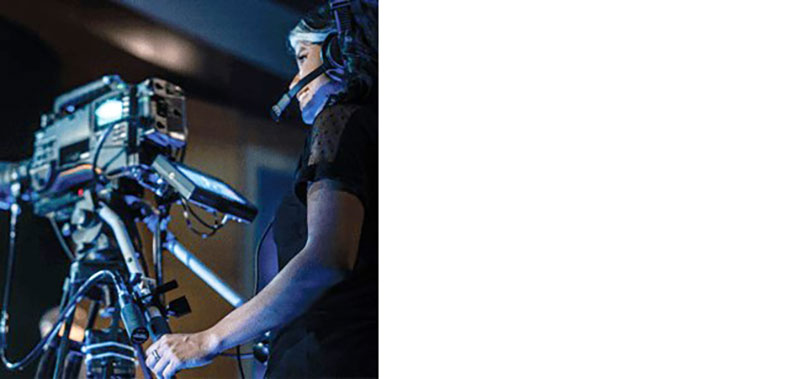
Cobalt has been working with users both in broadcast and AV to develop the SAPPHIRE line of converters. Instead of following a separate, proprietary set of rules, IPMX is one standard way to integrate and deploy low-latency audio and video streams over common IP infrastructure, wherever they are needed. They are small, light and quiet, made for mounting behind monitors, with or without fans. All these factors are important for editing and control suite teams.
As well as corporate AV users, the SAPPHIRE units are useful to the remote production market, where teams need to receive IPMX or JPEG-XS streams over a WAN connection for direct delivery to a HDMI monitor. cobaltdigital.com

